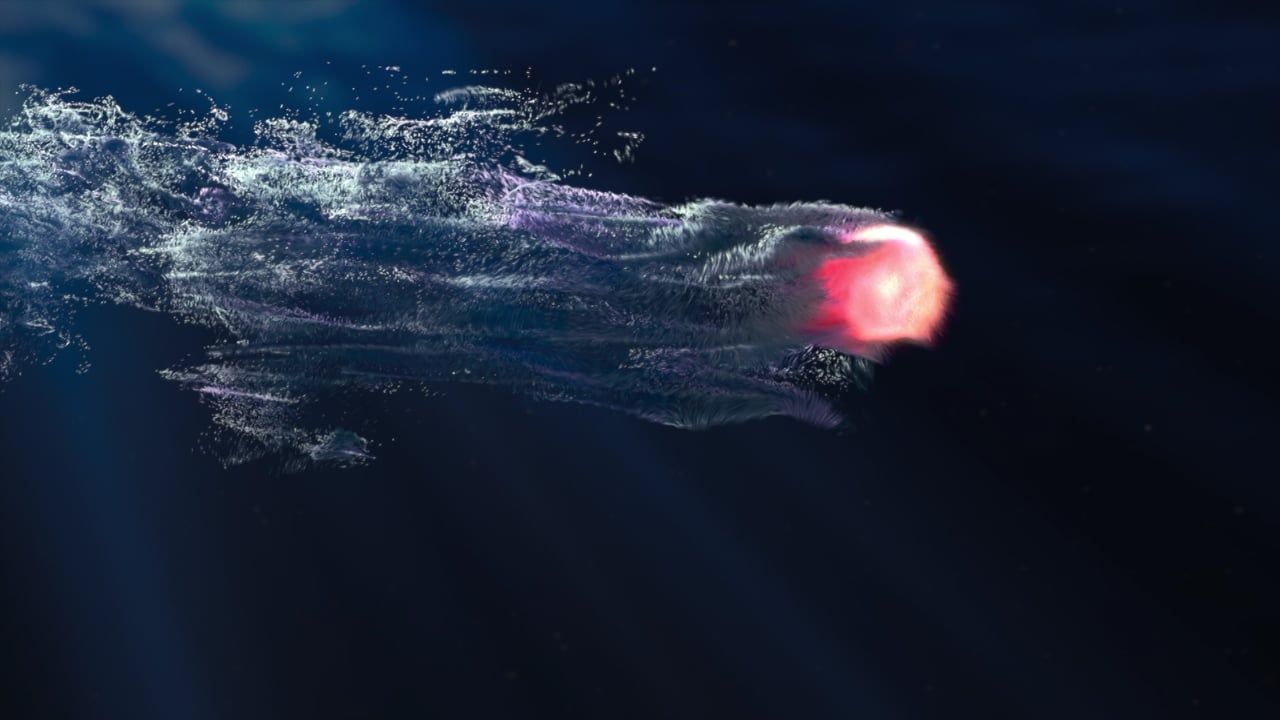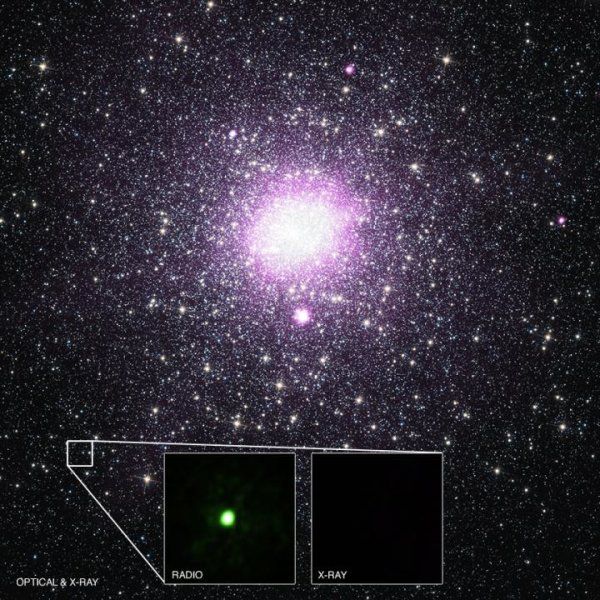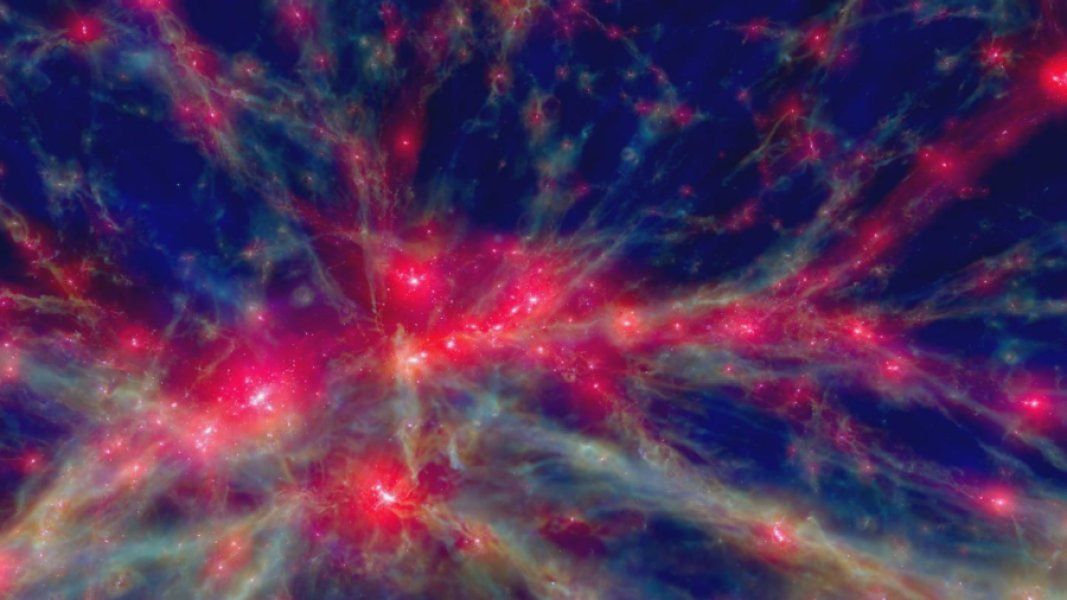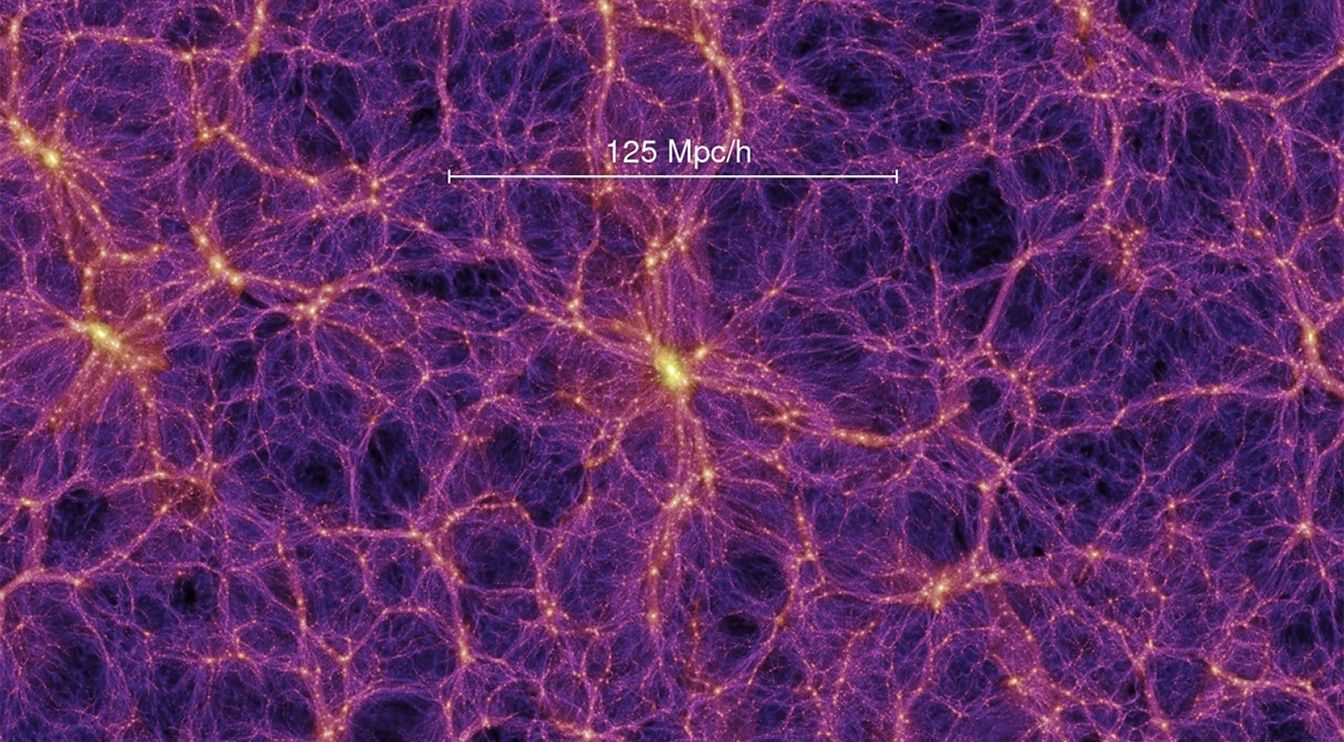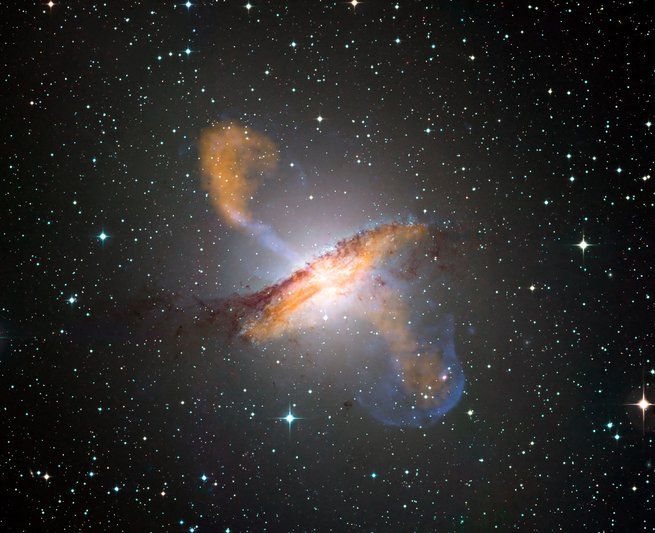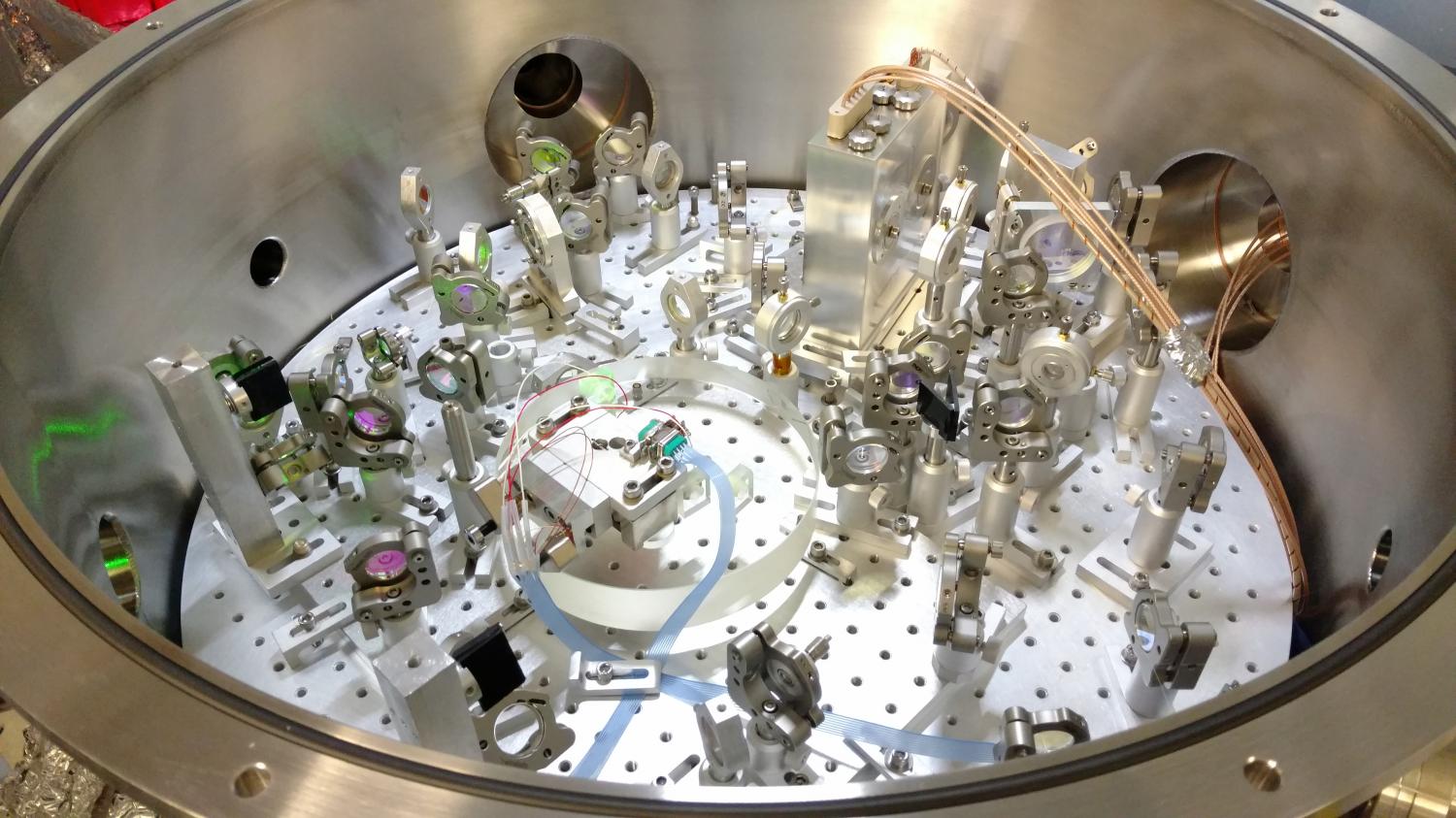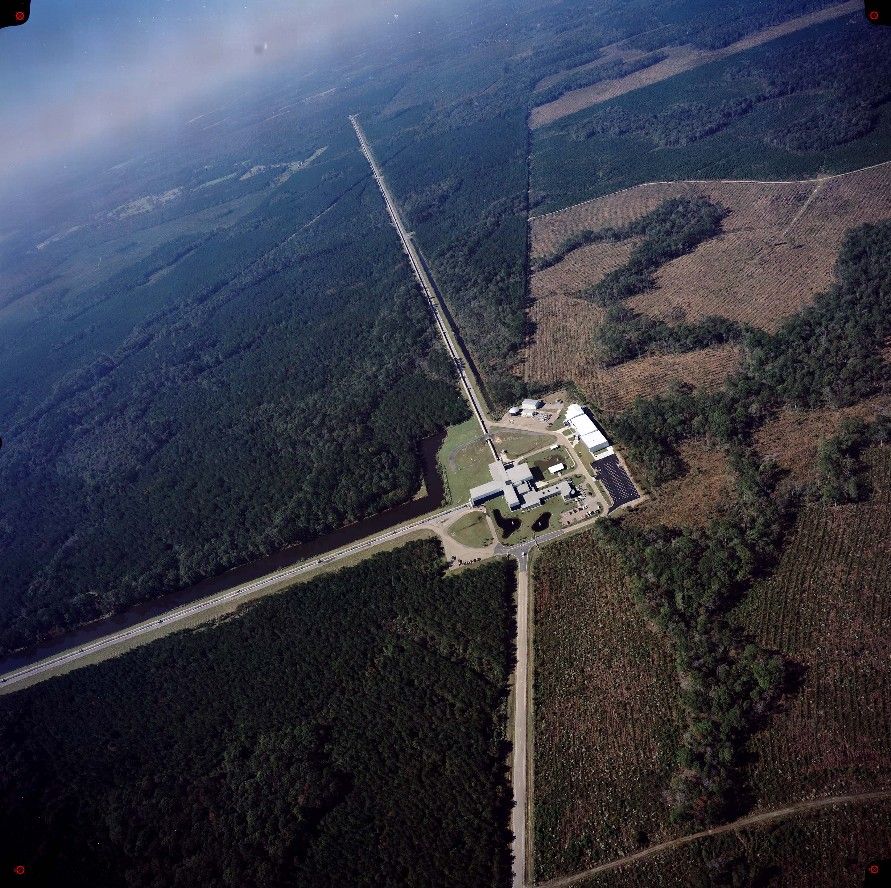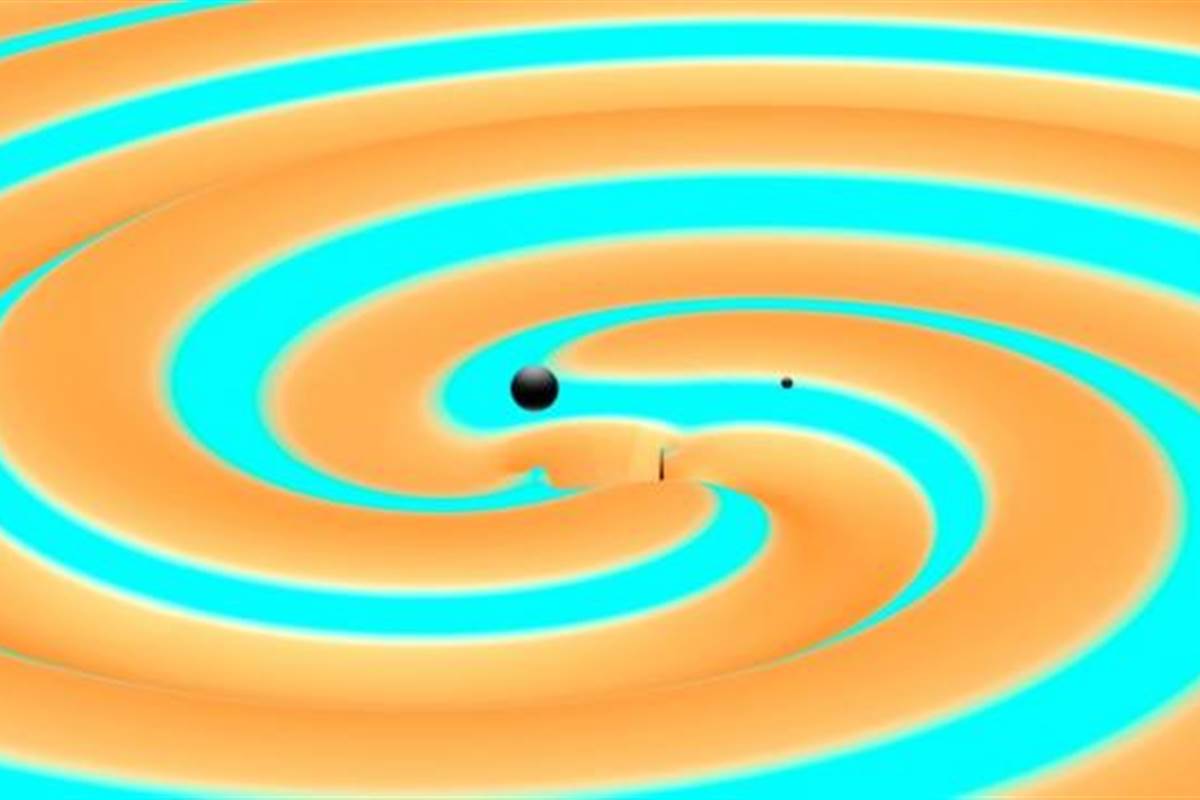Jul 3, 2016
Proof Beyond a Reasonable Doubt That Majorana Fermions Exist
Posted by Shailesh Prasad in categories: computing, cosmology, particle physics, quantum physics
Not only could they transform quantum computing, they’re a candidate for dark matter.
A team of Chinese physicists from Shanghai’s Jiaotong University have proof beyond a reasonable doubt of the existence of the Majorana fermion — a special particle that could potentially revolutionize quantum computing.
“The search for this particle is for condensed-matter physicists what the Higgs boson search was for high-energy particle physicists,” said Leonid Rokhinson, an associate professor of physics at Purdue University, who was the first to detect the signature of the fermion in 2012 but was not involved in this study, in a 2012 press release. “It is a very peculiar object because it is a fermion yet it is its own antiparticle with zero mass and zero charge.”
Continue reading “Proof Beyond a Reasonable Doubt That Majorana Fermions Exist” »
